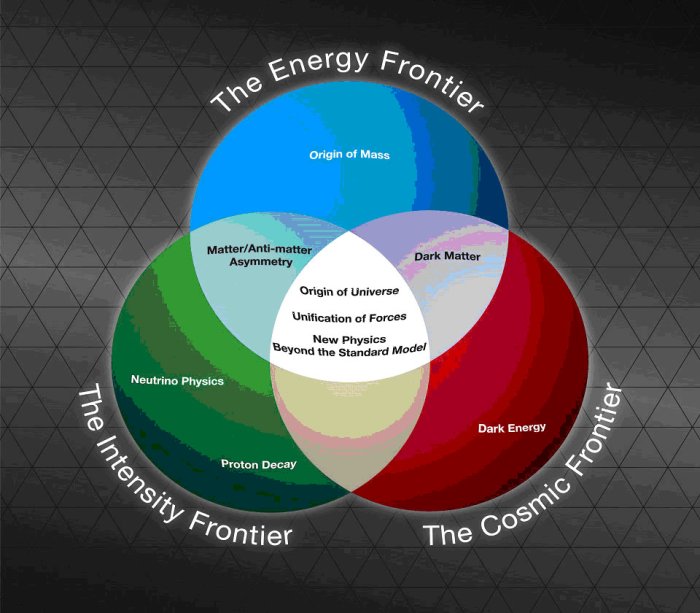Director's Corner
12 June 2008
 Barry Barish |
The P5 Report and its implications for the ILC
On Thursday, 29 May, the High Energy Physics Advisory Panel (HEPAP) held its spring meeting in Washington, DC. The entire meeting was devoted to the presentation and discussion of the anxiously awaited report, "US Particle Physics: Scientific Opportunities: A Strategic Plan for the Next Ten Years," by the Particle Physics Project Prioritization Panel, or P5. The charge to this panel was to develop a ten-year plan for US particle physics for the DOE and NSF under four different funding scenarios. Jim Brau, who served on the panel, discusses the main conclusions of the report in this issue's Research Director's Report, while I reflect here specifically on what I believe will be the impacts on the US efforts towards the ILC.
There are several reasons to want a new strategic plan for high-energy physics in the US. Last year, Fermilab responded to a request from Ray Orbach and took the lead in conducting a study to evaluate potential US-based accelerator projects that could be constructed on an earlier timescale than the DOE is assuming for the ILC. The study resulted in a proposed facility for Fermilab, Project X, a high-intensity proton source with experiments, primarily for neutrino physics. A related consideration is the proposal to NSF to build DUSEL, which would be a new deep underground facility that could house a major long baseline neutrino experiment. In addition, the DOE needed a prioritised plan at different budget levels over the next few years. As described by Jim Brau, the P5 report presents what the panel describes as a "balanced" approach to the US programme for each of four budget scenarios. The energy frontier features the LHC programme, and for the longer term reaffirms the physics priority given to a "lepton collider" in previous reports worldwide. The committee explicitly addresses the question of what energy is required for such a machine by including support for R&D on technologies for a higher-energy linear collider or possibly a muon collider. The report goes on to say that the ILC is the right machine to build if the energy range is validated by LHC physics results. I would like to stress that many physics studies give strong credence to the planned energy range of the ILC, and our R&D and design work is planned on the timescale of obtaining LHC results.
Another conclusion of the panel is that the ILC R&D programme should be supported at all four funding levels to insure that whenever and wherever an ILC is built, a significant US involvement will be possible. This recommended level is ~ $35M/year, which is the same as the proposal for FY09 that is presently being considered in Congress. This recommendation should give us what we need to have a viable and stable US R&D programme over the next few years, if not prepare us for possible siting in the US.
As for actually building the ILC, the report disappointedly does little to encourage ambitions to eventually host the machine in the US. Maybe more importantly, the proposed funding level does not allow the broad R&D programme that we were pursuing. Instead, the programme in the US will need to be more selective and prioritised than we might desire to ensure expertise in all major areas.
So when are we likely to see our budget restored? As I said above, $35M are proposed for FY09. However, it is very unclear if any budget will be passed by this Congress by the new fiscal year. Being an election year, Congress may well decide to leave it to the new Congress and administration to pass the budget. This would mean an extra six months at reduced budget, unless we get some special relief, either as a result of funds from the supplemental budget request now being considered in Congress or in other ways from DOE. Of course this is not desirable - but I am sure that we could also manage those six months.
-- Barry Barish

